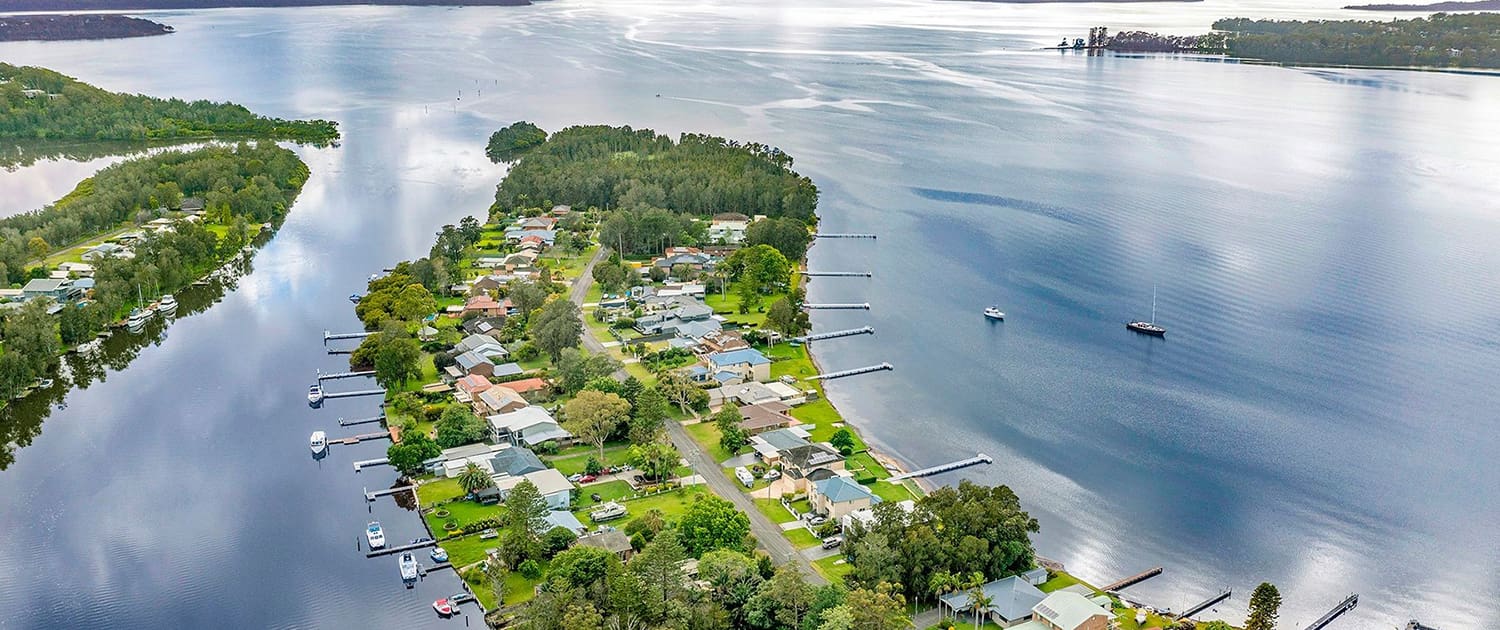How Vacuum Sewers Work
Vacuum sewerage systems operate on a fundamentally different principle than traditional gravity-based systems. Instead of relying on the force of gravity to transport wastewater, Flovac systems use vacuum technology to create a pressure differential that moves sewage from individual collection points to a central vacuum station. This innovative approach offers several distinct advantages over conventional sewerage systems.














